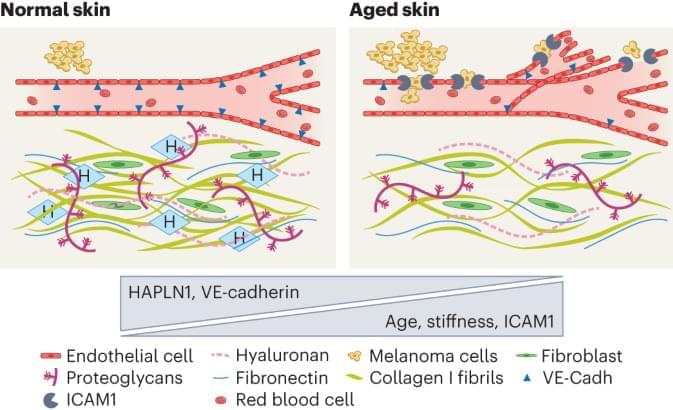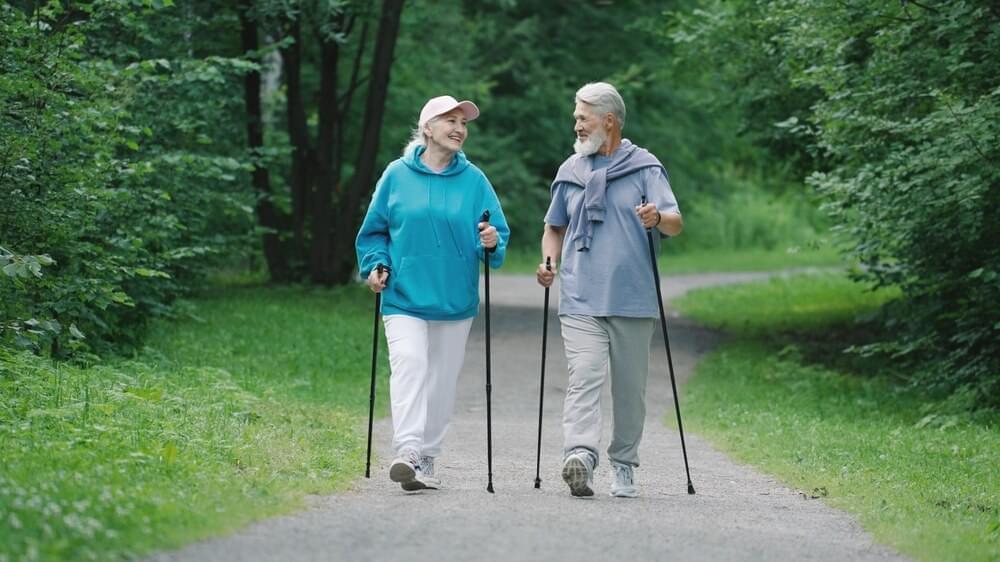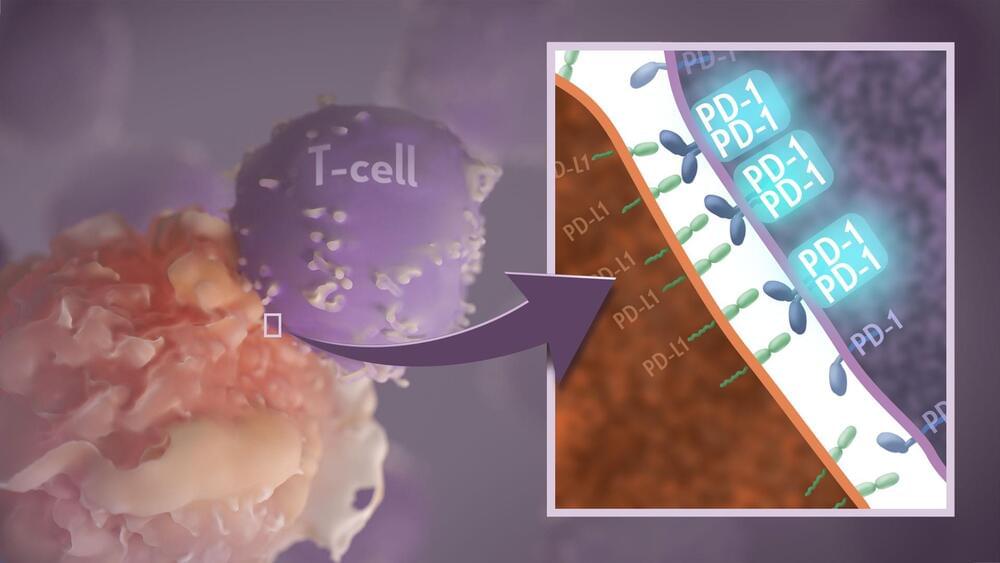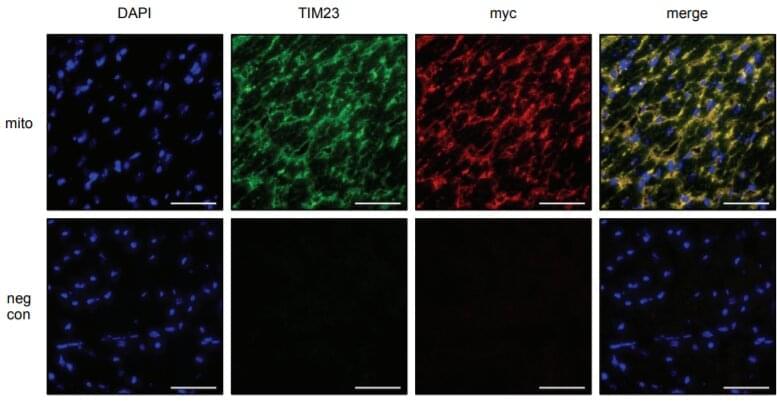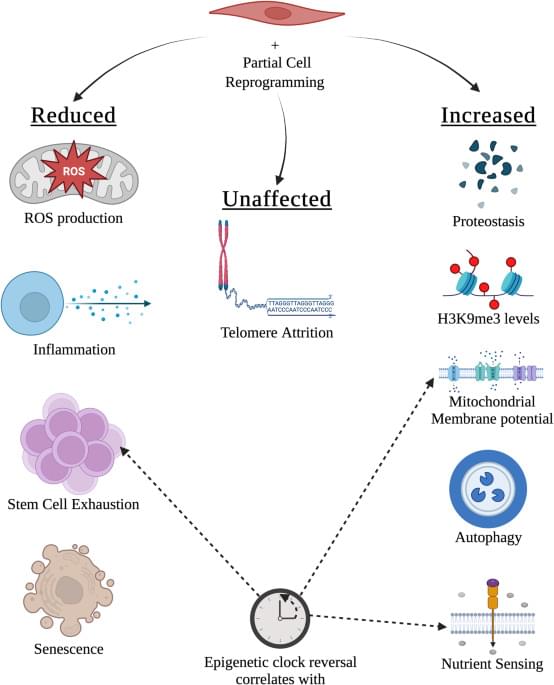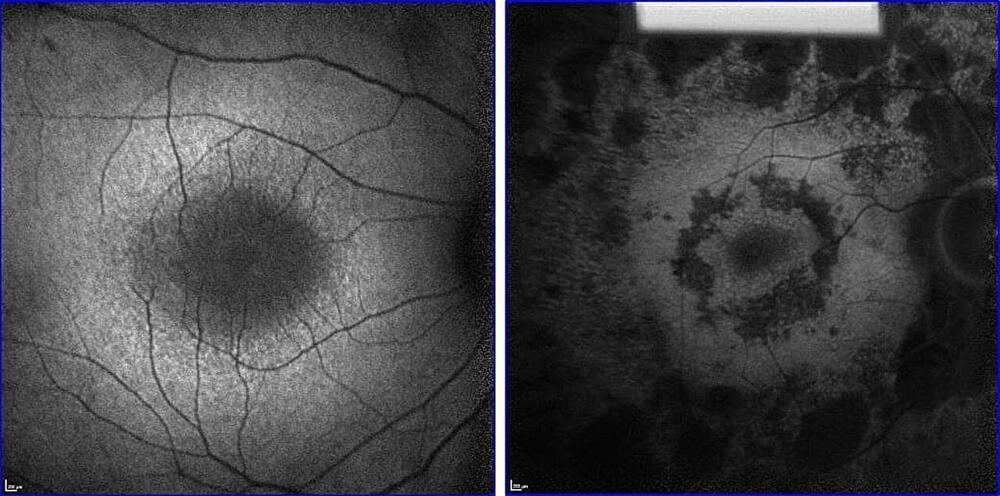Is Chief Impact Officer for StartUp Health’s Alzheimer’s Moonshot (https://www.startuphealth.com/alzheimers), a new global initiative created to develop a collaborative innovation community alongside leading companies, research teams, and stakeholders, with a mission to accelerate progress in prevention, diagnosis, and management of Alzheimer’s disease and related dementias. With support from the Alzheimer’s Drug Discovery Foundation (ADDF) and Gates Ventures, StartUp Health is looking to break down silos and foster meaningful collaboration between mission-aligned founders, funders, and partners.
Dr. Ferrell also serves as Strategic Advisor, Davos Alzheimer’s Collaborative (https://www.davosalzheimerscollaborat…) which is building a global clinical trial network and technology platform that will link trial sites around the world.
Prior to these roles, Dr. Ferrell served almost three decades at multiple roles at Eli Lilly including as Global Head External Engagement, Alzheimer’s and Neurodegeneration, Chief Commercial Services Officer, and Vice President, Global Alzheimer’s Disease Platform Team Leader in Lilly BioMedicines, where her team were responsible for the late-stage development, global registration and launch of 4 late-stage assets including Solanezumab, Amyvid and AZD3293.
Dr. Ferrell received a DrPH, Public Health from Indiana University Richard M. Fairbanks School of Public Health, an MBA in General Management and a certificate in Public Management from the Stanford University Graduate School of Business, and a Bachelor of Arts degree in economics and management from DePauw University.
Dr. Ferrell was recognized with the Rising Star Award from the Healthcare Businesswomen’s Association and the Indianapolis Star Top 40 Under 40. She serves as a member of the World Dementia Council, a steering committee member of the Milken Institute Center for Aging Alliance for Dementia Care and National Minority Quality Forum (NMQF) Alzheimer’s Disease Index working groups, and a strategic reviewer for the Alzheimer’s Disease Drug Discovery Foundation Diagnostics Accelerator. She is also a member of the Indiana Chapter of the Healthcare Businesswomen’s Association; on the Boards of Directors for Alzheimer’s Research UK EDoN, Gates Ventures Alzheimer’s Disease Data Initiative, the Indiana Chapter of the Alzheimer’s Association, Stanford Associate Board of Governors, Indianapolis 500 Festival, and the Lebanon Area Boys \& Girls Club. She is a founding member of Women Against Alzheimer’s and Women of Impact Boone County; co-chair of the Women’s Leadership Council; the alumna sponsor of the Women in Economics and Business Program at DePauw University; a member of the Washington C. DePauw Society; a Tocqueville donor to United Way; an active supporter of Boone County Special Olympics and the Boone County Community Foundation.
